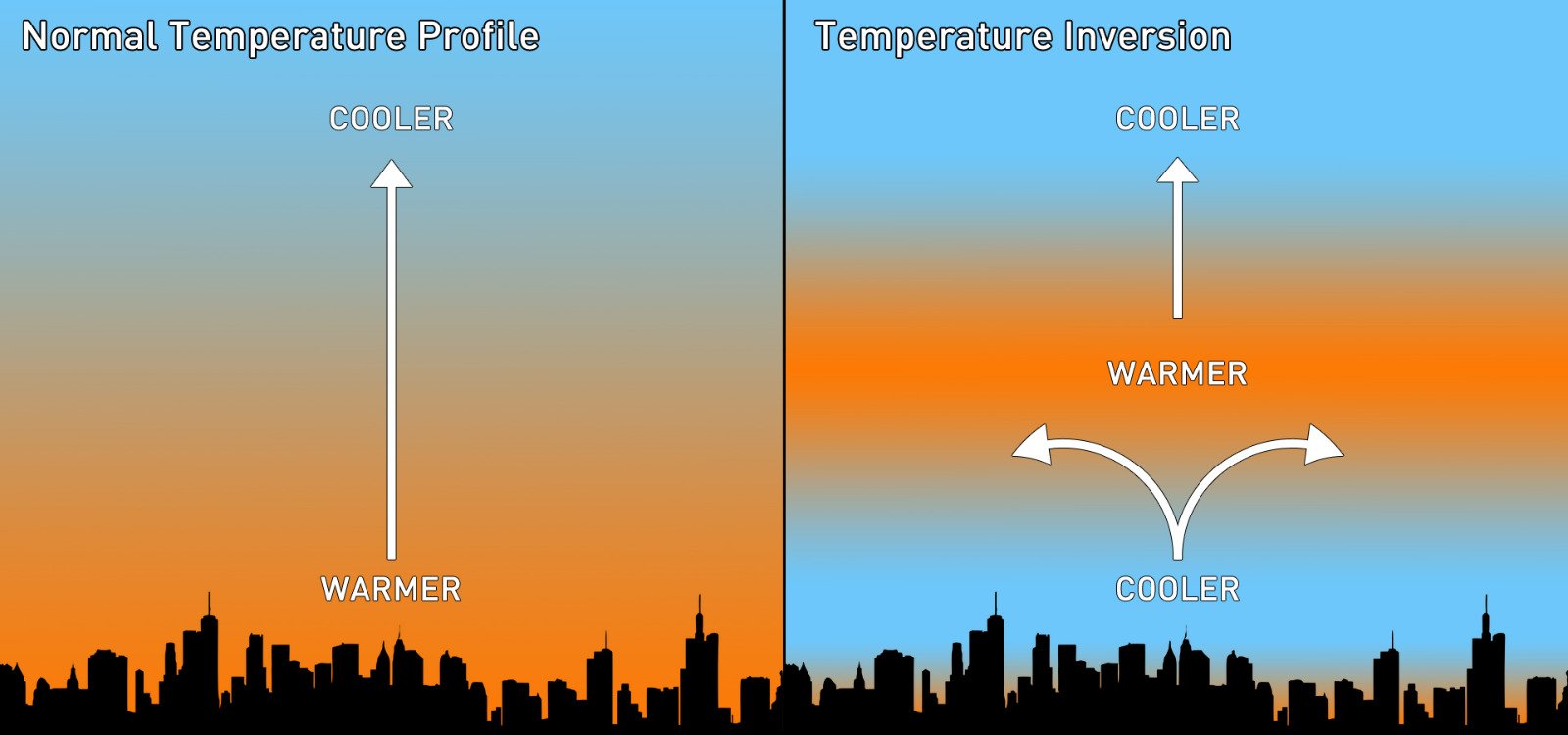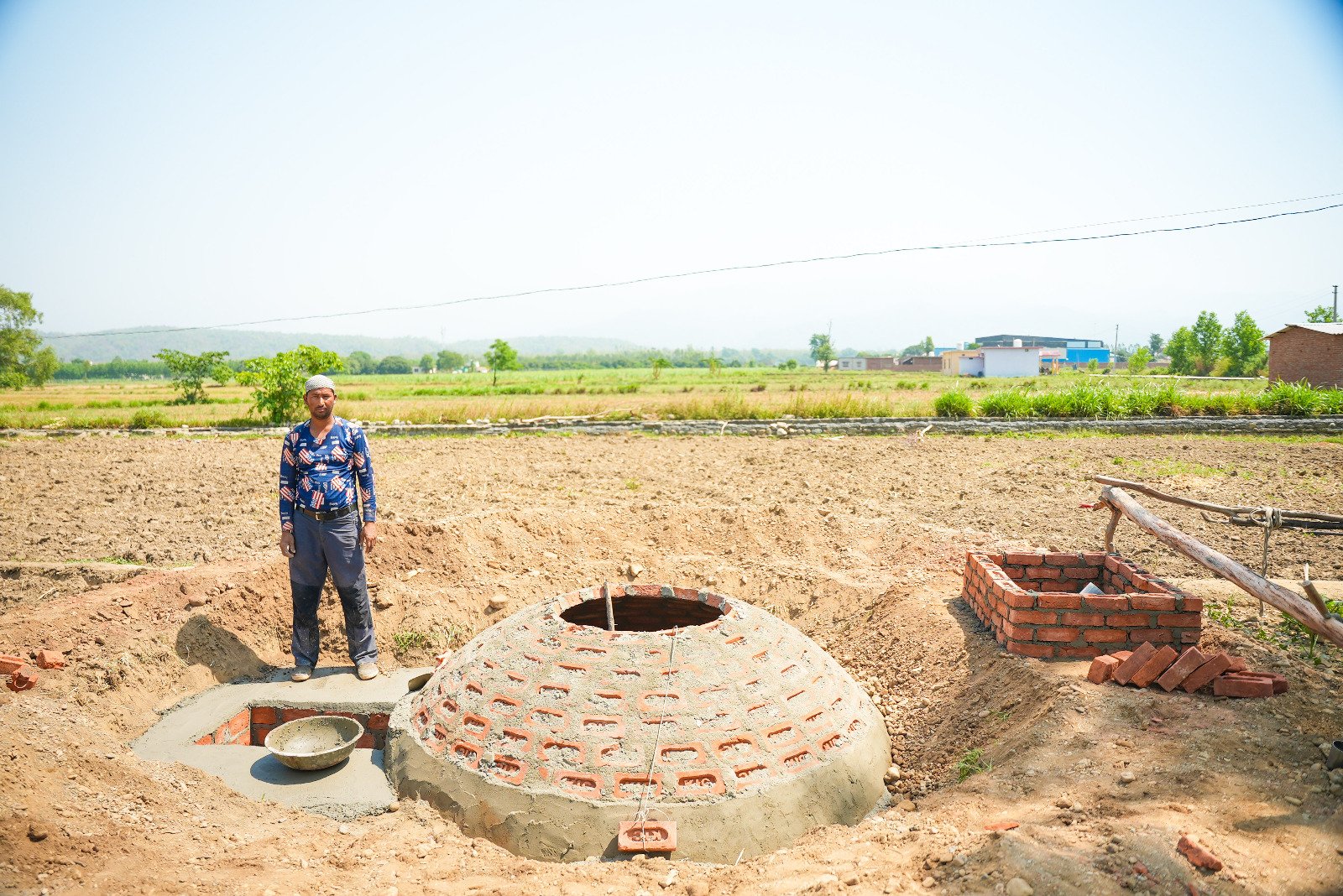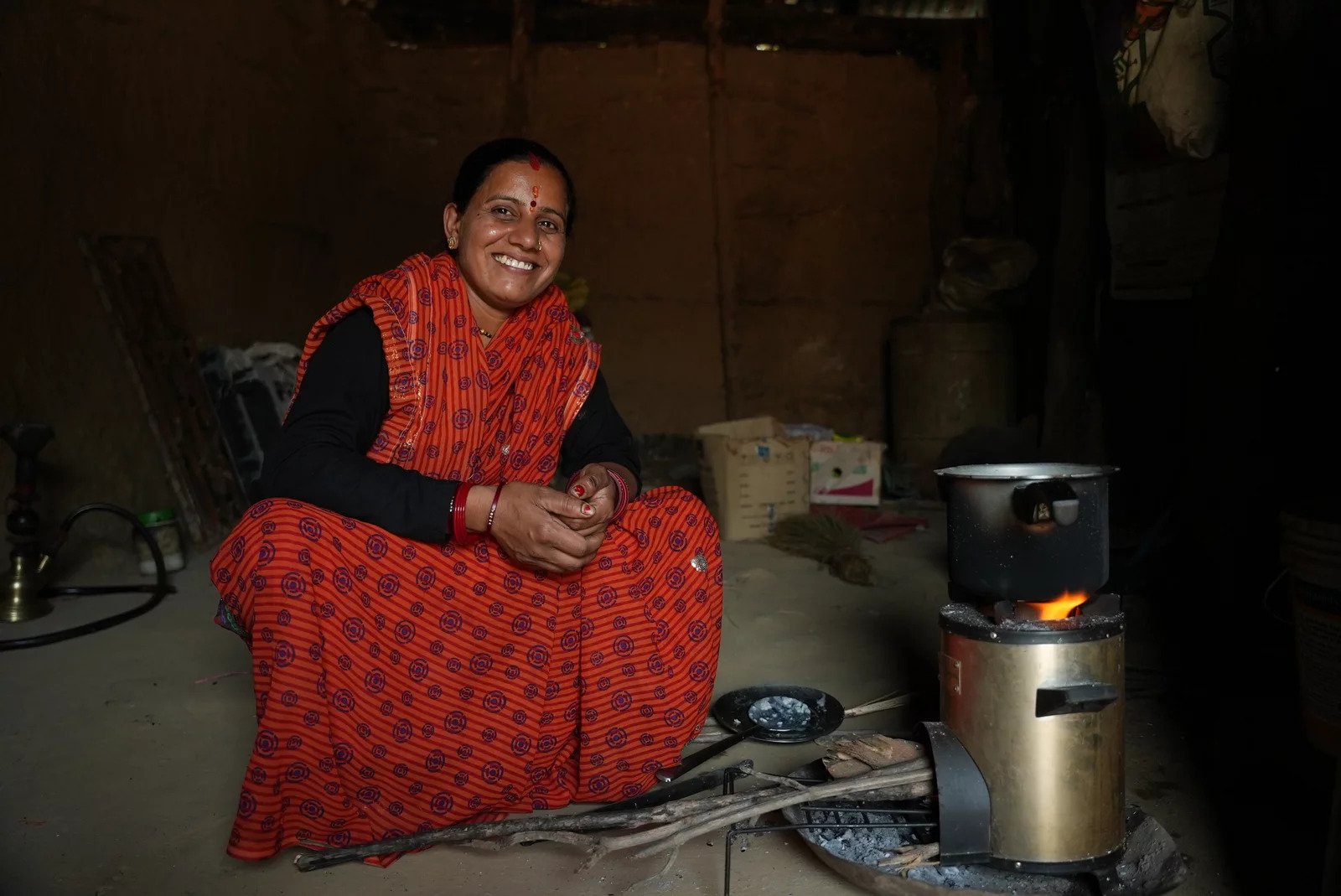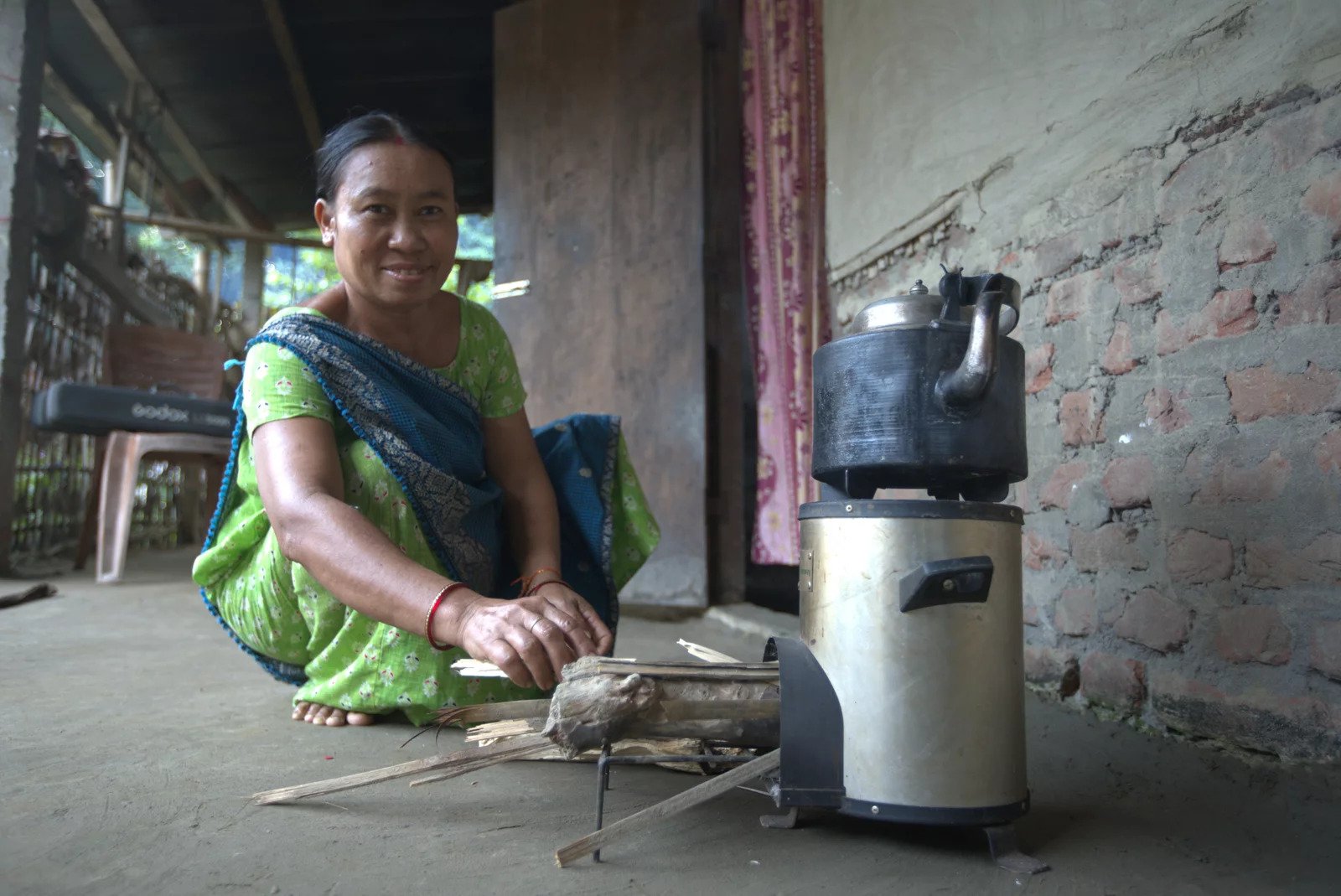Bridging Horizons: Exploring Sustainable Solutions Beyond Delhi's Winter Haze
As winter descends upon Delhi, the city once again grapples with the annual challenge of severe air pollution. This blog delves into the scientific intricacies behind Delhi's winter pollution crisis, shedding light on measures to address air pollution. However, the narrative expands beyond urban boundaries, focusing on SUVIDHA's impactful interventions in rural communities. SUVIDHA, though not directly addressing Delhi's pollution, plays a pivotal role in the broader picture of air quality. Our clean energy initiatives in rural areas actively contribute to reducing emissions, offering sustainable alternatives to communities.
The widespread practice of stubble burning in neighbouring states significantly contributes to Delhi's winter air pollution. As farmers burn crop residues to clear fields swiftly, the resulting smoke and pollutants are transported to Delhi, compromising air quality. Meteorological conditions, including temperature inversion and low wind speeds, exacerbate the issue, trapping pollutants near the surface.
Temperature inversion, trapping cooler air close to the ground, intensifies pollution during winter. This atmospheric lid prevents pollutants from rising, leading to the accumulation of harmful substances, particularly at night. Dense winter air traps pollutants, forming hazardous smog—a combination of smoke and fog. Delhi's landlocked geography compounds the issue, with slow wind speeds allowing polluted air to linger in the capital for extended periods.

Delhi's Air Quality Index (AQI) deteriorates due to constant pollution, with stubble burning contributing significantly, according to SAFAR (System of Quality and Weather Forecasting and Research) data. Stubble burning remains a cost-effective method for farmers, posing challenges to alternatives that are economically unviable.
Addressing air pollution demands a comprehensive approach, including measures to control stubble burning, promote cleaner technologies, improve waste management, and enhance public transportation. Awareness campaigns and policy interventions are crucial for encouraging sustainable practices.
.jpeg)
SUVIDHA's commitment to sustainable practices and innovative technologies shines through in its clean energy interventions—household biogas plants, improved cookstoves, and solar projects. These initiatives are actively addressing air pollution concerns and playing a significant role in fostering a cleaner and healthier future.
Our household biogas plant projects exemplify a paradigm shift in waste management and energy production. By converting organic waste into biogas, these plants provide a renewable energy source for households while significantly reducing pollution particles.

SUVIDHA's commitment to clean indoor air is manifested through our improved cookstove initiatives. These stoves, more efficient than traditional alternatives, reduce PM emissions by up to 90%, contributing to improved respiratory health for families.


In our ongoing solar projects, we harness the power of the sun to create sustainable energy sources, contributing to cleaner air and fighting climate change.
Understanding that our work goes beyond technologies, SUVIDHA adopts a holistic approach. Our clean energy interventions offer health benefits and contribute to environmental conservation by reducing biomass fuel consumption and conserving precious forests.
SUVIDHA's clean energy projects align with our mission to foster sustainable living practices. By showcasing the efficacy of these interventions, we inspire positive change within our communities. Our clean energy initiatives are pathways to a brighter, more sustainable future.
For a comprehensive view of how SUVIDHA is linking rural empowerment to the reduction of emissions, kindly visit our website. (https://www.suvidha-india.org)
Shivam Chauhan
Head of Programs
SUVIDHA - Empowering Sustainable Lives








